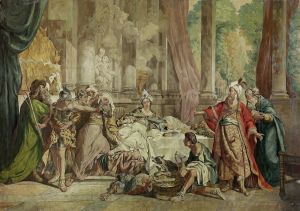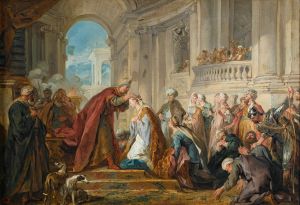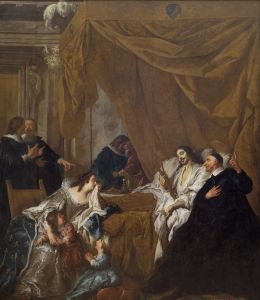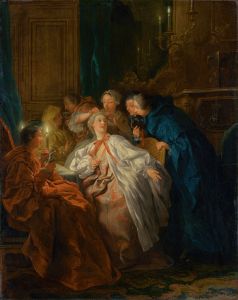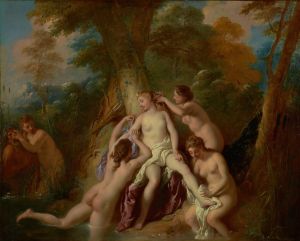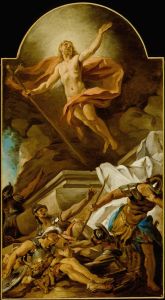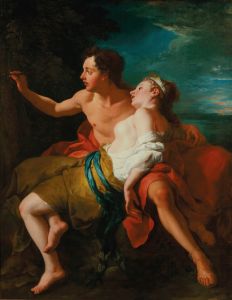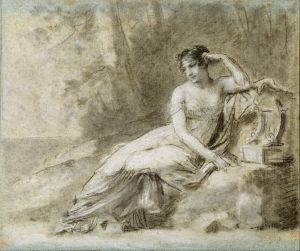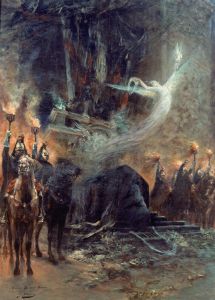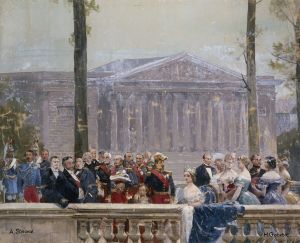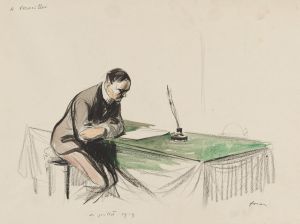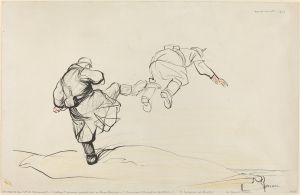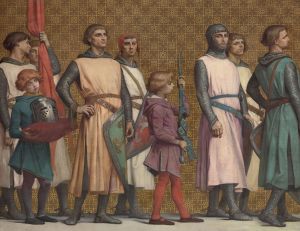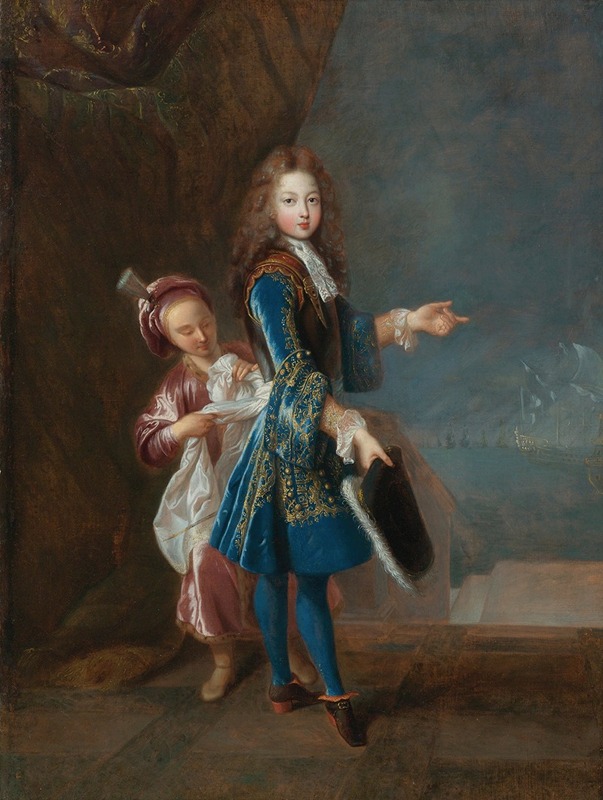
Portrait Of Louis Alexandre De Bourbon, Comte De Toulouse
A hand-painted replica of Jean-François de Troy’s masterpiece Portrait Of Louis Alexandre De Bourbon, Comte De Toulouse, meticulously crafted by professional artists to capture the true essence of the original. Each piece is created with museum-quality canvas and rare mineral pigments, carefully painted by experienced artists with delicate brushstrokes and rich, layered colors to perfectly recreate the texture of the original artwork. Unlike machine-printed reproductions, this hand-painted version brings the painting to life, infused with the artist’s emotions and skill in every stroke. Whether for personal collection or home decoration, it instantly elevates the artistic atmosphere of any space.
Jean-François de Troy's Portrait of Louis Alexandre de Bourbon, Comte de Toulouse is a notable example of early 18th-century French portraiture. The painting depicts Louis Alexandre de Bourbon (1678–1737), the legitimized son of King Louis XIV of France and his mistress, Madame de Montespan. As the Comte de Toulouse, Louis Alexandre held significant military and administrative roles in the French court, including Admiral of France, and was a prominent figure during the reign of his father and later under the Regency of Philippe II, Duke of Orléans.
Jean-François de Troy (1679–1752), the artist behind the portrait, was a French painter known for his skill in both historical and portrait painting. He was a member of a family of artists and trained under his father, François de Troy, who was also a renowned portraitist. Jean-François de Troy's works are characterized by their elegance, attention to detail, and the ability to capture the personality and status of his sitters. This portrait is an example of his ability to convey both the grandeur and the individuality of his subject.
In the painting, Louis Alexandre is portrayed in a manner befitting his noble status. He is dressed in formal attire, likely reflecting his high rank and the ceremonial nature of his position at court. The composition emphasizes his dignity and authority, with careful attention given to his posture, expression, and the luxurious details of his clothing. The background and setting are typical of French portraiture of the time, designed to enhance the subject's prominence and social standing.
The exact date of the painting is not definitively documented, but it is believed to have been created during the early 18th century, a period when de Troy was active and producing works for the French aristocracy. The portrait is an important representation of the Bourbon dynasty and provides insight into the visual culture of the French court during the late reign of Louis XIV and the early 18th century.
The current location of the painting is not widely documented in public records, and further details about its provenance or exhibition history are limited. However, it remains an example of Jean-François de Troy's contribution to French art and his ability to capture the essence of his subjects within the context of their time.






